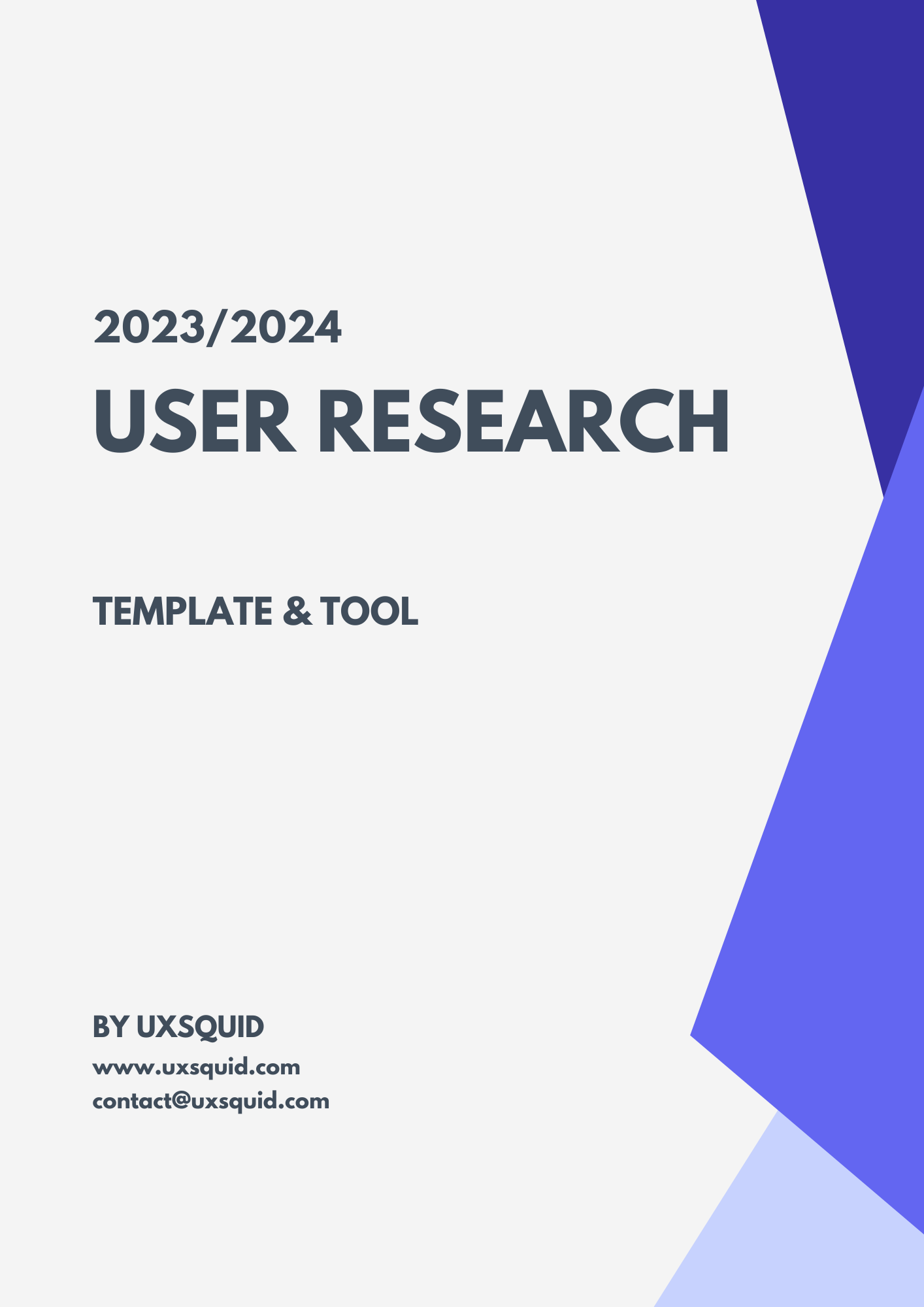UX Research Methods: Understanding User Needs and Behaviours
User Experience (UX) research methods are essential in designing user-centered products and services. UX research is a continuous process that helps understand users’ needs, behaviours, and pain points, leading to better design decisions. In this article, we will explore UX research methodology, user research methods, and their importance in ensuring the usability and effectiveness of digital products and services.
Table of Contents
- What is UX Research?
- The Importance of UX Research
- UX Research Methodology
- Define Research Objectives
- Choose Research Methods
- Recruit Participants
- Conduct Research
- Analyze and Synthesize Data
- Communicate Findings and Insights
- User Research Methods
- Surveys
- Interviews
- Personas
- Contextual inquiry
- Card sorting
- A/B testing
- Conclusion
What is UX Research?
UX Research is the process of gathering qualitative and quantitative data about users to understand their behaviours, needs, and expectations in the context of a product or service. UX research methods help UX designers and developers create digital products that meet users’ needs and goals.
The Importance of UX Research
UX research methods are essential in creating user-centred design solutions. It helps designers and developers understand the users' needs and behaviour, leading to products that are more accessible, usable, and feasible. By utilising UX research methods, designers can optimise their design solutions for both the user and the business.
UX Research Methodology
UX research methodology is a process that helps designers gather data and insights from user research methods to inform the design process from start to finish. This methodology can be used to develop the UX research plan and improve the overall UX design process.
1. Define Research Objectives
The first step of the UX research methodology is defining research objectives. Research objectives help guide the research plan and ensure the research team remains focused on important research questions.
2. Choose Research Methods
Choosing the right research methods depends on the research objective. Some popular user research methods include surveys, focus groups, interviews, usability testing, card sorting, and user feedback.
3. Recruit Participants
Recruiting participants is a crucial step in UX research as it determines the quality and validity of the research data. Participants should be selected based on the target audience, product or service context, and research objectives.
4. Conduct Research
Conducting research involves executing the selected research method. UX researchers should create a comfortable environment for participants and maintain neutrality to ensure quality data collection. It’s essential to collect both qualitative and quantitative data to ensure comprehensive insights.
5. Analyze and Synthesize Data
UX researchers typically synthesize the data collected and create meaningful insights. The analysis process should be data-driven to ensure actionable results that can inform the design process.
6. Communicate Findings and Insights
The final stage of UX research methodology is communicating the findings and insights to stakeholders. UX researchers should present their findings to stakeholders to enable informed design decisions.
User Research Methods
User research methods are techniques designers and researchers use to collect data from users. These user research methods provide the needed information to better understand users’ needs and behaviours.
1. Surveys
Surveys are a popular user research method that involves collecting user data by asking questions. Surveys can be administered online, in-person, or by phone. Surveys can yield large sample sizes and provide both qualitative and quantitative data.
2. Interviews
Interviews are a user research method used to gather qualitative data. UX designers typically conduct one-on-one interviews with participants to gain a deeper understanding of their needs, behaviours, and pain points.
3. Personas
Personas are fictional user profiles that designers use to represent user groups. These profiles help designers create empathy and understanding of the user’s needs, behaviours, and goals. Personas can help designers to create products that better meet users’ needs.
4. Contextual inquiry
Contextual inquiry is a user research method that involves researchers observing users in their natural environment. This method helps researchers better understand the context of product use. Researchers can observe and gain insights on users’ behaviours and reactions to their natural environment.
5. Card sorting
Card sorting is a user research method that explores information architecture. Participants are asked to sort cards into categories that make sense to them. This allows UX designers to gain insights into how users understand and categorise information within the product.
6. A/B testing
A/B testing is a user research method used to gather quantitative data. A/B testing involves testing two different versions of a product to determine which one performs better. This method provides insights into how a product drives user engagement.
Conclusion
UX research methods bring valuable insights into users’ needs, behaviours, and goals, making the design process more effective and purposeful. By using UX research methodology and user research methods, designers can put the user at the forefront of the design process, creating products that are both usable and desirable. UX research is a continuous process, and by keeping up to date with trends in user research, designers can continue to create better products that meet users’ needs.
Are you overwhelmed by the complexity of UX research? UXSquid's automated user research interview and analysis tool and analysis got you covered.
